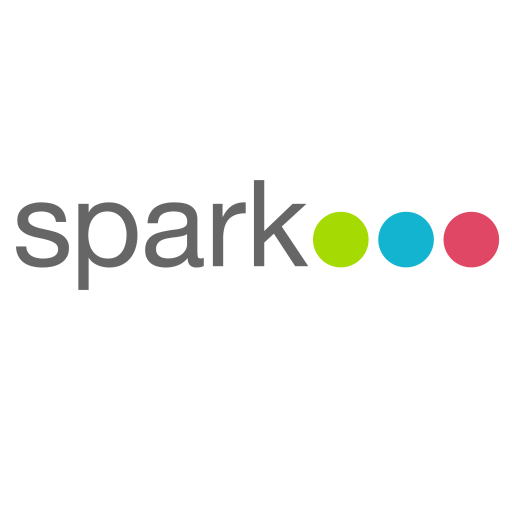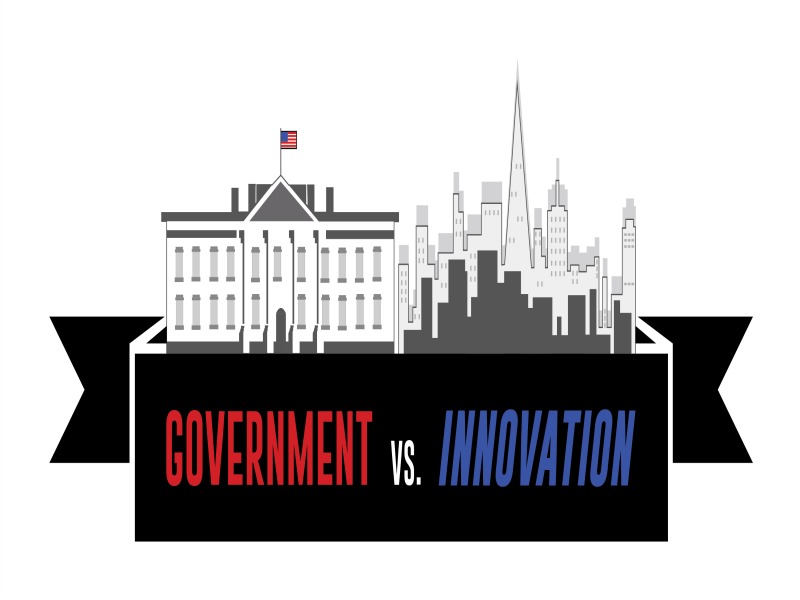Sparkpr 23 Jul 2015 // 12:43PM GMT

I remember having a meeting, several years ago, with the head of communications for a top spirits brand. And one of the questions they asked me was, “should we get involved in Second Life or not?”
While a lot of companies debate questions like these all the time, hoping they don’t miss the early train on the next Facebook or Twitter, it would be helpful to step back for a second to see how taking that leap truly fits in with your brand, core messages, and most important, your customers.
If you decide to jump into ‘The Next Big Thing’ without a proper evaluation process, you’re going to waste a lot of time and resources on something that might just be a passing fad. Imagine ramping up your staff and agency partners so they can gain traction and become experts on MySpace, only to have it fizzle from relevance by the time your team has finally mastered it?
Sure, if you’re Google, that’s just another Tuesday in Mountain View (or any of their global offices), but most companies can’t afford to invest the time, effort, and manpower into 'The Next Big Thing’ whenever something new and shiny comes out. It needs to make sense for your customers and it needs to be on-brand.
As fun as it might be to talk about all of ’The Next Big Things’ that didn’t pan out (for the record, I never joined Friendster), instead let’s look at four questions brand marketers should ask themselves before jumping on the bandwagon and investing in ’The Next Big Thing.’
Do I have the chance to drive the conversation and thus my brand message?
Picking the right tools and channels to drive the conversation on your brand is almost as important as the messaging itself. An enterprise company for example isn’t as likely to move the needle forward on Facebook, as it is on LinkedIn – yet clients might want us to spend more resources there. It’s our job to make sure we’re recommending the best approach, and driving the right conversations in the appropriate areas.
Does it scale and reach my target audience?
You want to be sure to consider your target audience and whether or not it aligns with the platforms you are considering. When Ello launched in 2014 for example, everyone thought it was going to be a “Facebook killer” – yet, almost a year later, it still pales in comparison to the reach of Facebook, and there’s no ability to have sponsored content on the platform.
Are brands that I aspire to using it now?
It’s always good to do research on what has (and hasn’t) worked with some of the brands you aspire to be when it comes to experimenting with new tools and channels. How does a brand like Apple use Facebook vs. Google+? Is Toms using Meerkat or is Red Bull doubling down on Periscope? Or how about looking at how Salesforce leverages LinkedIn?
Is there a way to capture analytics to show ROI?
Demonstrating brand value is getting better, especially with more and more tools to track metrics. Marketers can now track important metrics like behavior (what you do), perception (how you’re viewed) and performance (revenue generation). If you’re looking at channels that don’t have metrics available yet – chances are might be too early to experiment there.
As brand marketers, we’re constantly faced with opportunities that pull us in a hundred different directions. Being focused and asking the right questions won’t guarantee we avoid the next flash in a pan, but it will help maximize the time we have to invest in brand-building and customer-centric initiatives. In the rapidly evolving world that we live in, having those two constants sounds like a good return on investment to me.

Tony Telloni is General Manager at Spark


































.jpg)














